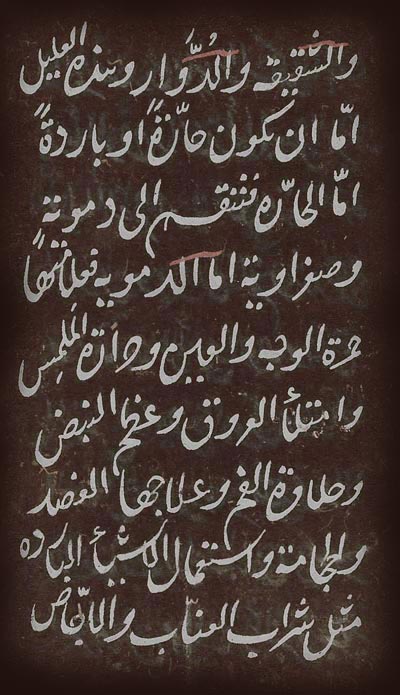From the eighth century AD onward, the heritage of early Greek medicine was assimilated by a diverse community of physicians, who spoke many languages, including Persian, Arabic, Syriac, Hebrew, and Turkish. Although this extraordinary group of translators and doctors included both Muslims and non-Muslims, it is conventional to label their activities as “Islamic,” since Islam was the dominant religion, and Arabic, the language of Islam, was the lingua franca for the transmission of written knowledge.
Following the death of Muhammad in 632, the military conquests of Islam and the creation of new world trade routes generated opportunities to absorb and disseminate existing cultural traditions. After the establishment of the ʿAbbāsid caliphate in 750, which marked the beginning of a newly cosmopolitan and tolerant era, Muslims interacted with the Hellenized communities of Persia. By translating masterpieces of Greek learning into Arabic, which would be eventually rendered into Latin, scholar-physicians such as Haly Abbas, Rhazes, Avicenna, and Albucasis performed the extraordinary miracle of reintroducing Greek authors into Western Europe, including Hippocrates and Galen. At the same time, Islamic scholars and physicians also produced medical treatises of great originality, as shown by some of the manuscripts on display.


